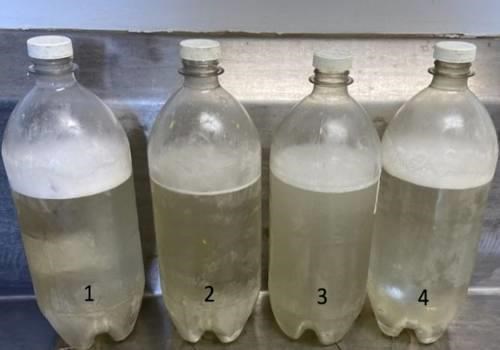Table 1 Different chemicals and their rates used within the mixes tested.
| Chemical | rate |
| roundup Powermax (glyphosate) | 32 fl oz/acre |
| engenia (dicamba) | 12.8 fl oz/acre |
| sentris (VRA) | 8 fl oz/acre |
| NIS (Non-ionic surfactant) | 0.25 % V/V |
| On-target (Drift control agent) | 16 fl oz/acre |
We decided to conduct a small test of our own once we heard of these potential problems. Table 1 shows the products and application rates we evaluated in the tank-mix, and we evaluated these products in a variety of different mixing order configurations. The mixing order did not impact any of the results as far as we could see. The pH of our water in this mix was 7.57. Figure 1 shows the four different tank mixes approximately ten minutes after they were made. You can see that there are slight differences in foam but we did not observe any major differences in the pressure within the bottles. Although we do not know exactly why our results differ from what others have seen, it may be related to the spray solution pH, tank-mix partners, or perhaps even the different lot numbers of Sentris used. Even though we did not see the pressure issues that others have reported, it is important to understand that several other weed scientists have replicated this problem and therefore we feel it is important for Missouri applicators to be aware of these potential issues as we approach the time when we will be making post-emergence herbicide applications to XtendFlex soybean throughout the state.

Figure 1 From left to right, the mixes and mixing orders are listed accordingly: 1) Roundup Powermax, Engenia, Sentris; 2) Sentris, Engenia, Roundup Powermax, NIS; 3) Sentris, Roundup Powermax, Engenia, OnTarget; 4) Sentris, Roundup Powermax, Engenia.
Source : missouri.edu